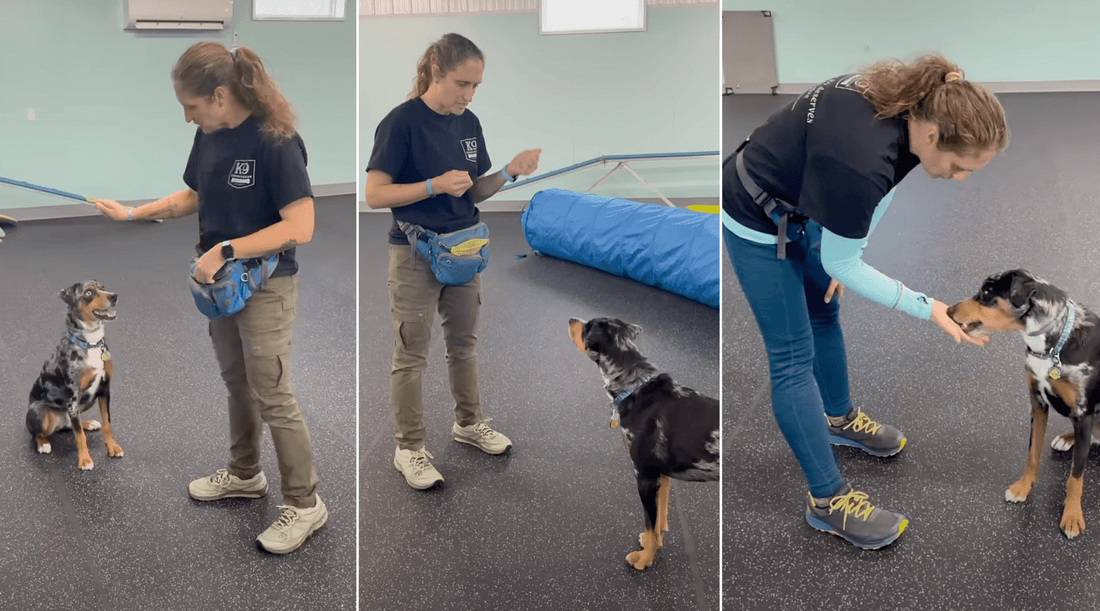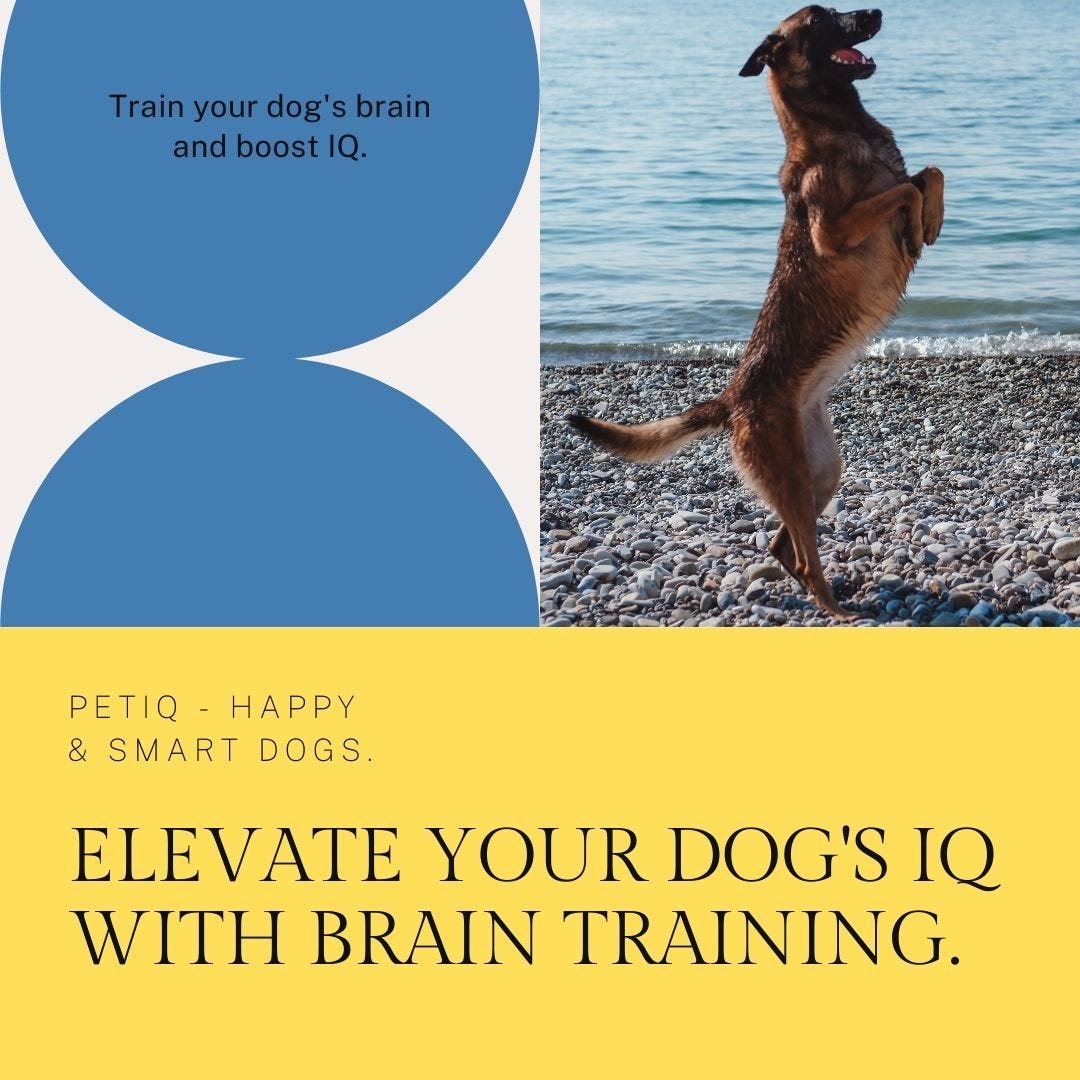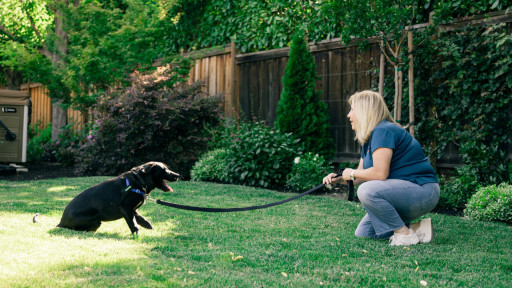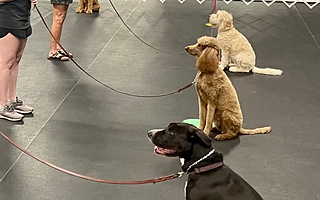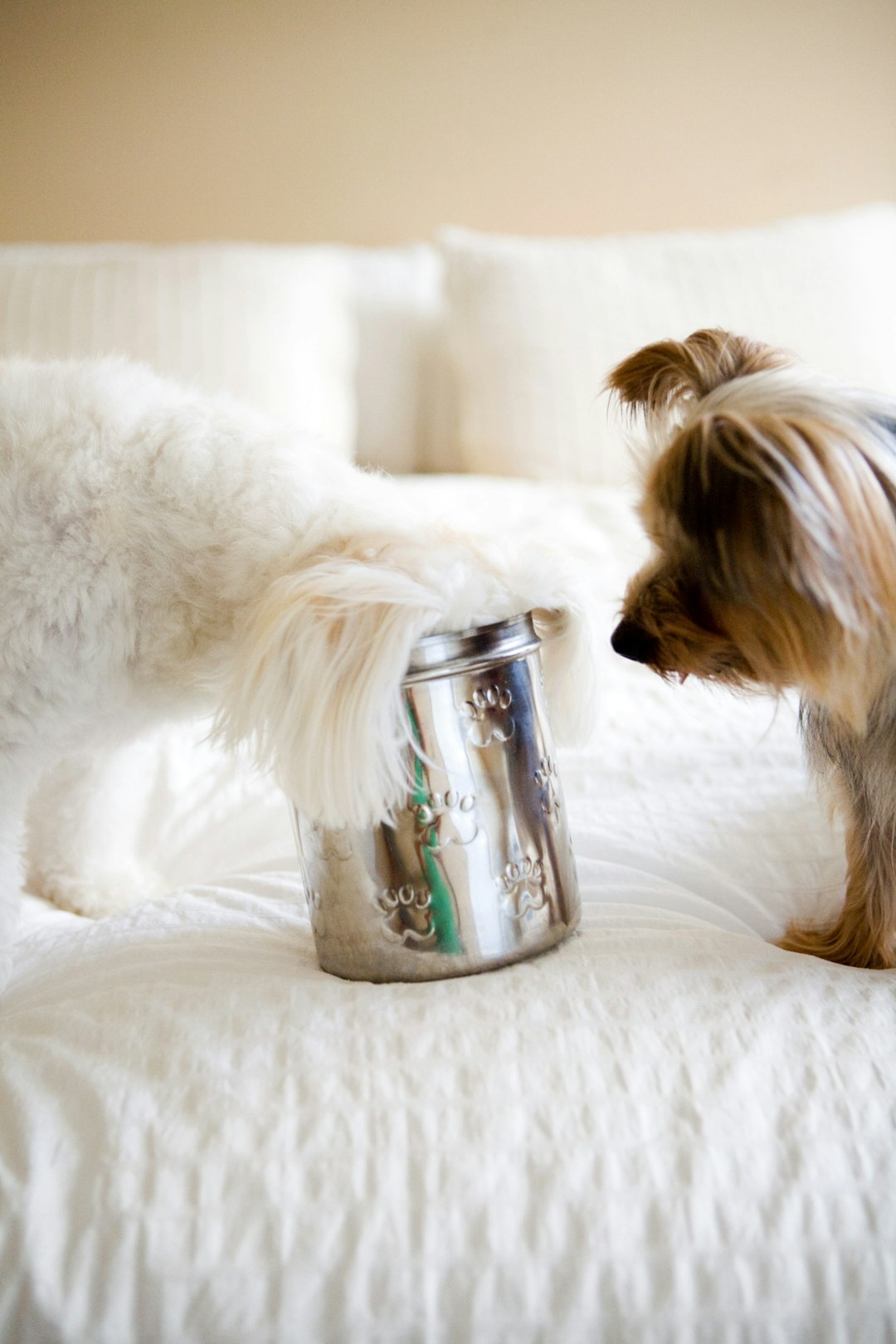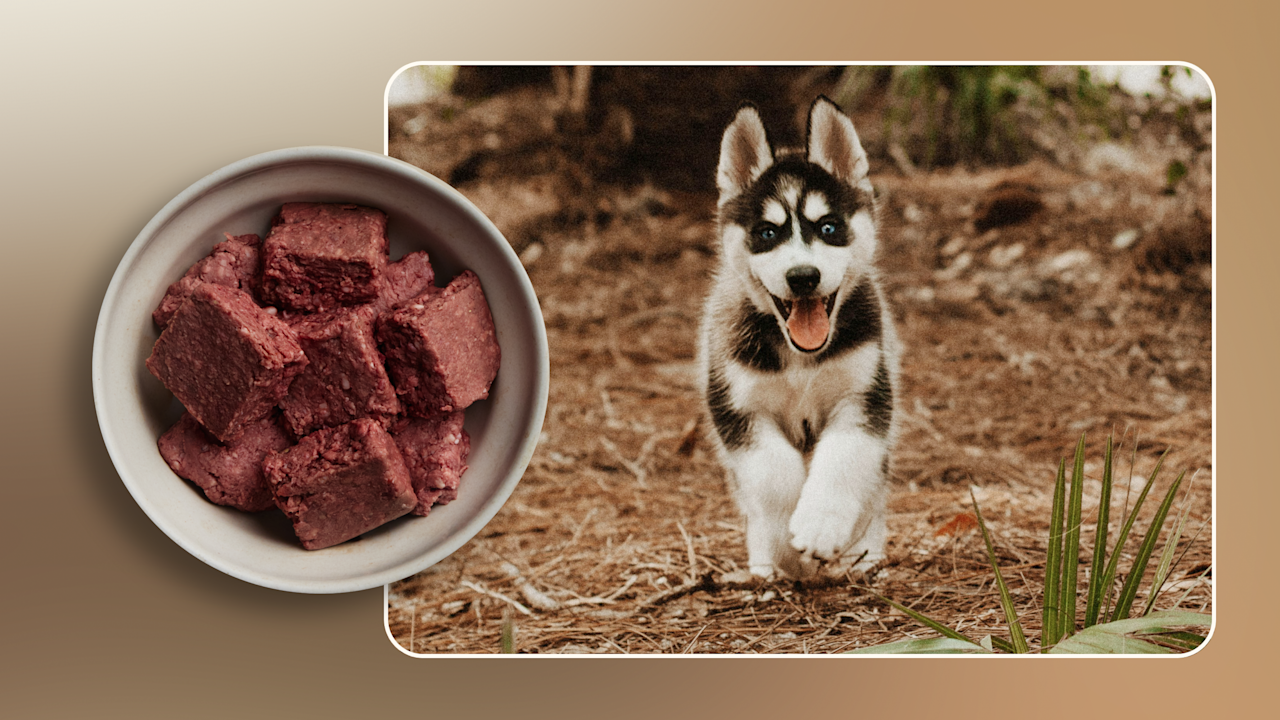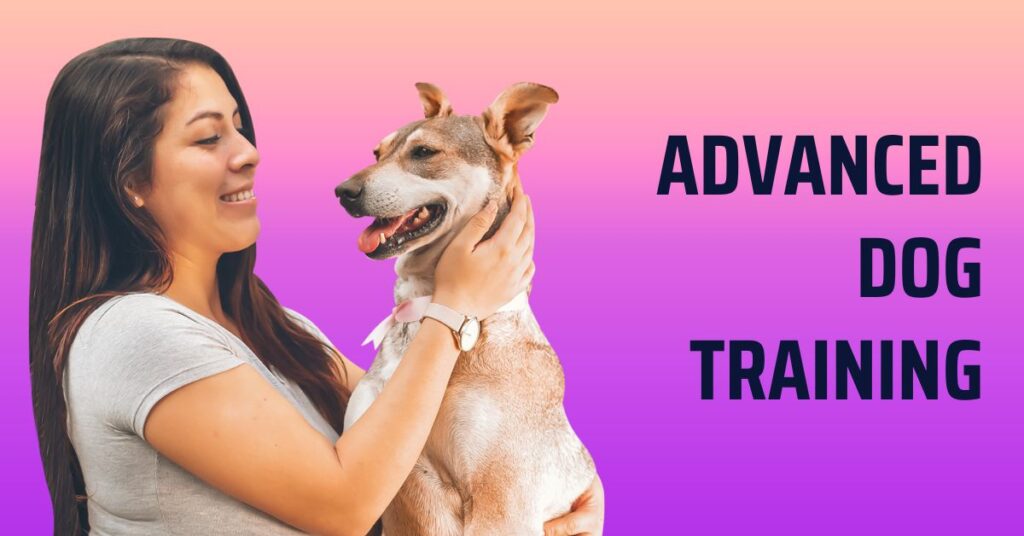Have you ever wondered what sets a well-trained dog apart from the rest? Advanced dog training goes beyond basic commands like sit and stay.
It transforms your dog into a confident, obedient companion who can handle complex situations with ease. Imagine having a dog that listens to you even in distracting environments, responds quickly, and behaves perfectly around other animals and people. You’ll discover exactly what advanced dog training involves and how it can deepen the bond between you and your furry friend.
Keep reading, because what you learn here could change the way you and your dog communicate forever.

Credit: www.houstondogworks.com
Basics Of Advanced Dog Training
Advanced dog training builds on basic commands, introducing complex skills. Dogs learn to respond in challenging environments. This level of training refines a dog’s ability to communicate. It strengthens the bond between dog and trainer. Advanced training requires patience, consistency, and understanding.
Differences Between Basic And Advanced Training
Basic training covers fundamental commands like sit and stay. Advanced training involves more intricate tasks. Dogs learn to follow commands in varied settings. They might perform agility courses or scent tracking. Advanced training enhances obedience and problem-solving skills.
Key Skills For Trainers
Trainers need patience and consistency. They should understand canine behavior deeply. Effective communication with dogs is crucial. Trainers must adapt techniques to each dog’s needs. It’s vital to keep training sessions engaging. Positive reinforcement encourages learning and builds trust.
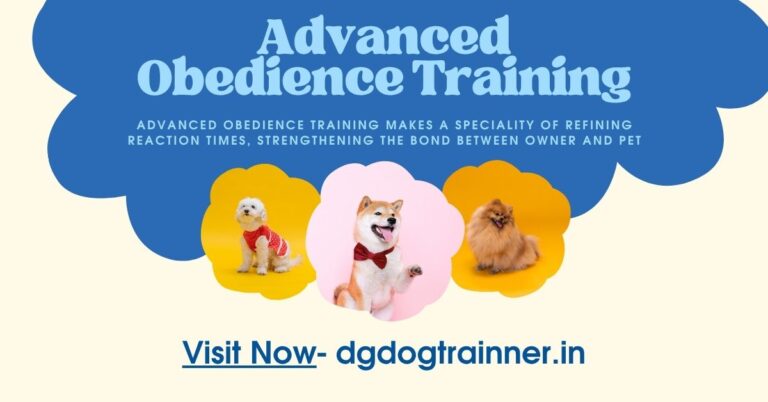
Credit: dgdogtrainner.in
Expert Techniques Explained
Advanced dog training goes beyond basic commands and dives into refined, precise techniques that deepen communication between you and your dog. Understanding expert methods helps you shape behavior effectively while keeping training sessions engaging and rewarding. These approaches require patience and consistency, but they unlock new levels of obedience and problem-solving skills in your dog.
Clicker And Marker Training
Clicker and marker training use a distinct sound to tell your dog exactly when they do something right. This clear signal helps your dog learn faster because they understand what earned the reward.
You don’t just say “good dog” — you use a consistent click or word like “yes” right at the moment of success. This precision helps your dog connect specific actions with positive outcomes.
Try using a clicker during a new trick session. Notice how quickly your dog starts repeating the behavior to hear the click. Have you ever wondered how clear communication could change your training results?
Shaping And Luring Methods
Shaping breaks down complex behaviors into small steps, rewarding each closer attempt toward the final goal. This method teaches your dog to think and figure out what you want gradually.
Luring uses a treat or toy to guide your dog into the desired position, then rewards them for following the lure. It’s a gentle way to introduce new commands without pressure.
Imagine teaching your dog to roll over by rewarding tiny movements, like a slight turn of the head. How could breaking tasks into small wins make training easier for both of you?
Advanced Obedience Commands
Advanced commands go beyond “sit” and “stay” to include behaviors like “go to bed,” “leave it,” and “heel” with distractions. These commands require focus and control, even in exciting environments.
Training these skills often involves proofing — practicing commands in different places and situations. This helps your dog respond reliably no matter what’s happening around them.
Have you noticed how your dog’s response changes when there are distractions? Mastering advanced obedience means your dog listens regardless of what’s happening nearby.
Behavioral Modification Strategies
Behavioral modification strategies help change a dog’s unwanted actions. These techniques focus on understanding why a dog behaves a certain way. Trainers use positive reinforcement and gentle corrections. The goal is to create lasting good behavior. This part of advanced dog training improves the dog’s daily life and strengthens the bond with its owner.
Addressing Aggression
Aggression in dogs can be dangerous and stressful. Trainers identify triggers causing aggressive behavior. They use controlled exposure to reduce fear and hostility. Teaching calm responses replaces aggressive reactions. Consistent practice and rewards encourage peaceful behavior. Safety for both dog and people is the top priority.
Managing Anxiety And Fear
Anxiety and fear affect many dogs. Trainers help dogs feel safe in different situations. Gradual exposure to fears builds confidence slowly. Relaxation techniques like deep breathing can calm dogs. Positive rewards reinforce brave and calm actions. Managing anxiety improves a dog’s comfort and happiness.
Correcting Unwanted Habits
Unwanted habits can disrupt home life. Common issues include barking, chewing, and jumping. Trainers identify the causes behind these habits. They replace bad habits with good ones using rewards. Clear commands and consistency speed up training. Correcting habits makes life easier for owners and dogs alike.
Tools And Equipment For Advanced Training
Advanced dog training requires more than just patience and consistency; the right tools can make all the difference. These tools help you communicate clearly with your dog, reinforce good behaviors, and manage challenging situations effectively. Using the proper equipment ensures safety for both you and your pet while enhancing the training experience.
Using Training Collars Safely
Training collars are common in advanced dog training, but they must be used with care. Choose collars designed for training, such as martingale or prong collars, and avoid using choke chains that can harm your dog. Always supervise your dog when using these collars and ensure they fit properly to prevent injury.
Remember, training collars are tools for communication, not punishment. Use gentle corrections combined with positive reinforcement. Have you ever noticed how your dog responds better to calm, clear cues rather than harsh corrections?
Harnesses And Leashes
Harnesses offer better control and reduce strain on your dog’s neck, especially during advanced obedience or agility training. Look for adjustable harnesses that fit snugly but comfortably. Pair these with sturdy leashes that give you control without restricting your dog’s natural movement.
- Front-clip harnesses help discourage pulling.
- Back-clip harnesses work well for loose leash walking.
- Leashes with padded handles increase comfort for you during long training sessions.
Choosing the right harness and leash can improve your dog’s focus during training. How does your current setup affect your dog’s behavior on walks or during commands?
Technology Aids
Modern technology brings exciting tools to advanced dog training. Devices like remote trainers, GPS trackers, and smart feeders allow precise control and monitoring. For example, remote trainers can deliver vibration or sound cues to reinforce commands from a distance.
GPS trackers help you keep your dog safe during off-leash training in open areas. Smart feeders can reward your dog automatically, building positive habits even when you’re not nearby. Have you considered how these gadgets could streamline your training routine?
Training For Specialized Activities
Training for specialized activities pushes your dog beyond basic obedience. It focuses on skills tailored to specific tasks or roles that require precision and consistency. This kind of training not only sharpens your dog’s abilities but also deepens your bond through shared challenges and achievements.
Agility And Sports Training
Agility training transforms your dog into a nimble athlete, navigating obstacle courses with speed and accuracy. You teach your dog to jump, weave, and climb, building physical fitness and mental sharpness simultaneously.
Have you noticed how dogs thrive on challenges that engage their mind and body? Agility training answers that need, making every session a fun competition. It also improves your communication, as your dog learns to respond to subtle cues quickly.
Service And Therapy Dog Preparation
Service dog training equips your dog to assist individuals with disabilities, from guiding visually impaired people to alerting those with medical conditions. This training requires patience and precise behavior shaping to ensure reliability.
Therapy dogs provide comfort in hospitals, schools, and nursing homes. Training focuses on calmness, gentle interaction, and adaptability to different environments. These dogs learn to read human emotions and respond with appropriate behavior, a skill that benefits both the dog and those they support.
Search And Rescue Skills
Search and rescue training teaches dogs to find missing people in various terrains and conditions. This involves scent detection, endurance, and the ability to work under stressful circumstances.
You might wonder how a dog can remain focused in chaotic situations. Training breaks down complex tasks into manageable steps, reinforcing concentration and persistence. Dogs trained in this field become invaluable partners in emergency response, showcasing incredible teamwork and trust.

Credit: www.houstondogworks.com
Tips For Successful Training Sessions
Successful advanced dog training sessions don’t just happen—they require deliberate effort and smart strategies. You need to approach each training moment with clear goals and the right mindset. The tips below can help you make every session productive and enjoyable for both you and your dog.
Consistency And Patience
Consistency shapes your dog’s understanding. Use the same commands, gestures, and rewards every time. This helps your dog know exactly what you expect.
Patience is just as important. Dogs learn at different speeds, and rushing can cause confusion or frustration. When I started training my border collie, I noticed small wins mattered more than big leaps. Waiting calmly for progress made all the difference.
Building Strong Trainer-dog Bond
Your dog needs to trust and respect you for training to work well. Spend quality time outside training—play, cuddle, or simply relax together.
Positive reinforcement strengthens your relationship. Celebrate small achievements with treats or praise. Have you observed how your dog’s eagerness grows when you stay upbeat and encouraging?
Tracking Progress And Adjusting
Keep a simple journal or use an app to note what your dog masters and where they struggle. This helps you spot patterns and know when to change tactics.
If a technique isn’t working, tweak it rather than pushing harder. Sometimes, a small change in timing or reward can unlock better responses. What adjustments have you tried that surprised you with results?
Frequently Asked Questions
What Is Advanced Dog Training?
Advanced dog training involves teaching complex commands and behaviors beyond basic obedience. It focuses on agility, problem-solving, and specialized skills. This training enhances a dog’s mental and physical abilities. It is ideal for working dogs or owners seeking deeper communication and control.
How Does Advanced Dog Training Benefit My Dog?
Advanced training improves your dog’s discipline, confidence, and mental stimulation. It reduces behavioral problems by providing structured learning. This training strengthens the bond between owner and dog. It also prepares dogs for specific tasks or competitions, enhancing their overall well-being.
What Skills Are Taught In Advanced Dog Training?
Skills include agility exercises, scent detection, advanced obedience, and trick training. Dogs learn complex commands like off-leash control and task-specific behaviors. Training also covers socialization and problem-solving techniques. These skills improve a dog’s versatility and responsiveness in various environments.
When Should I Start Advanced Dog Training?
Start advanced training after your dog masters basic obedience commands. Usually, dogs are ready around 6 months old or older. Early socialization is essential before advancing. Consult a professional trainer to assess your dog’s readiness and tailor the training accordingly.
Conclusion
Advanced dog training helps build strong bonds and good behavior. It teaches dogs to listen well and follow commands. Training keeps dogs safe and happy every day. It also makes life easier for owners. Practice and patience bring the best results.
Small steps lead to big improvements. Try to be consistent and kind during training. Your dog will enjoy learning new skills. This effort creates a happier, calmer pet at home. Advanced training is a great way to grow together.

